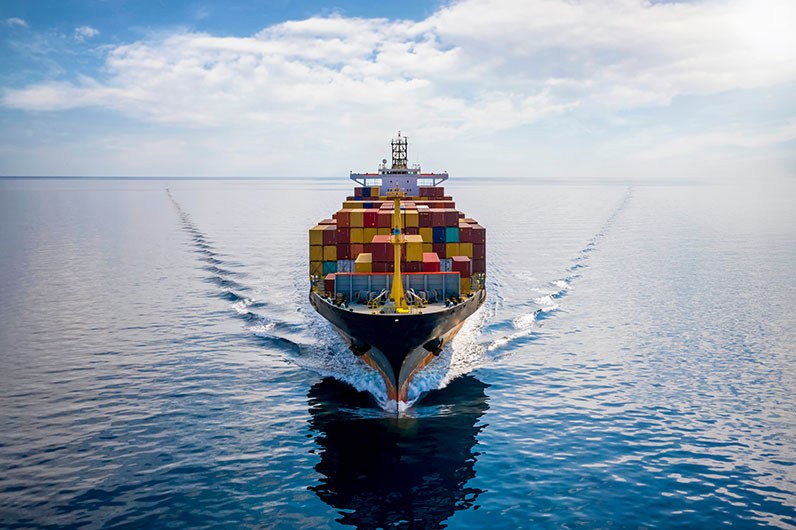More news
- Asian paint regulatory round up – Indonesian exterior paint still uses lead, warns W...
- Nigeria’s paint industry navigates regulatory changes and economic challenges amid p...
- Focus on the global coatings market: Global coatings market outlook
- Innovative coatings mitigate effects of deepening climate change
- View from the UK: Navigating chemical policy and sustainability

Shipowners face an ultimatum this year – upgrade their Carbon Intensity Indicator (CII) technology to comply with new laws or scrap their vessel.
CII data from the previous year must have been calculated and reported to the Data Collection System (DCS) verifier and sent by March 21, 2024 – and 30% of ships simply don’t have the technology onboard to do it.
The move comes as the International Marine Organization (IMO) this month announced new carbon targets, which include a 20% reduction in emissions by 2030, a 70% reduction by 2040 (compared to 2008 levels), and the ultimate goal of net-zero emissions by 2050.
Chris Birkert, AkzoNobel Marine’s Coatings Segment Manager, described the IMO’s Marine Environment Protection Committee (MEPC 80) strategy as a ‘pivotal moment’ for the shipping industry.
He said: “Everyone’s been waiting for this announcement and shipowners must now decide whether to service or scrap their vessels and then replace them with new buildings.
“Either invest to upgrade your ship to become CII compliant or take the vessel out of service and replace it.
“Shipowners and coatings companies now have a timeline to work towards and understanding and knowing that your emissions data has never been more important.
“Our International HullCare® package with the industry-first Intertrac tool allows you to do just that, and has a proven track record of savings.”



